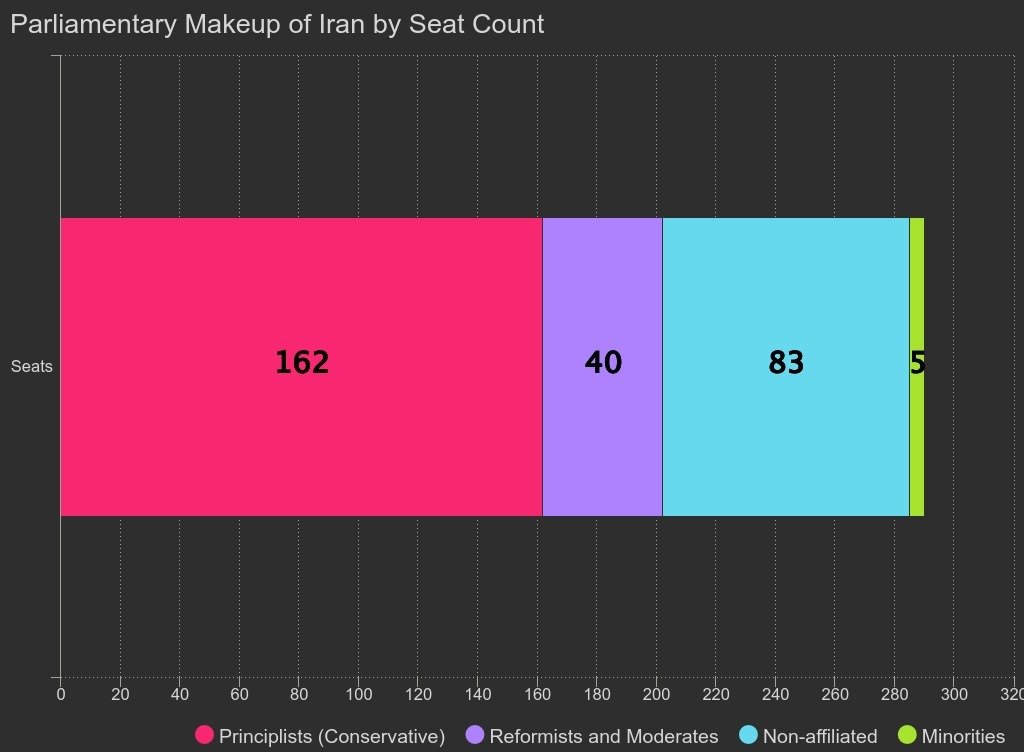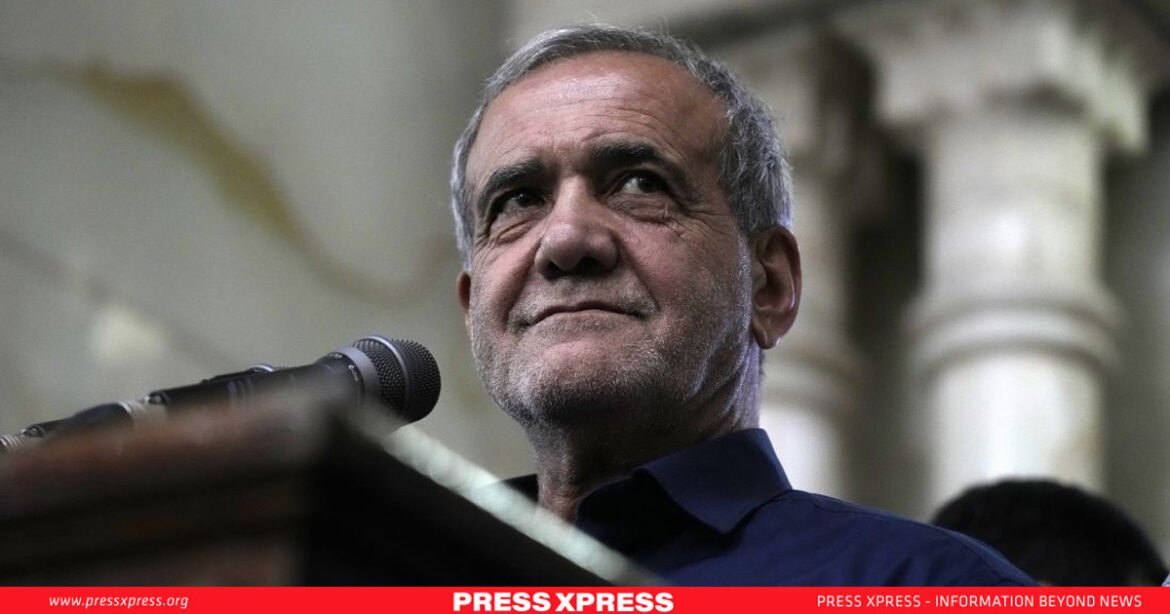Masoud Pezeshkian’s victory in Iran’s presidential election marks a turning point for the country. Following the untimely death of former President Ebrahim Raisi in a helicopter crash, Pezeshkian, a reformist, secured 54% of the votes in a runoff against ultraconservative Saeed Jalili.
You can also read: PM Hasina Pitches Bangladesh as Prime Investment Hub to Chinese Investors
His win comes at a time of heightened regional tensions and economic difficulties in Iran, setting the stage for a presidency fraught with challenges both at home and abroad. His presidency might bring changes, but the ultimate authority remains with Supreme Leader Ayatollah Ali Khamenei.
Political and Security Challenges
As Iran’s new president, Pezeshkian must navigate a complex political landscape dominated by conservative forces. The Guardian Council’s tight control over the political process limits his ability to implement his reformist agenda. This constraint is further compounded by widespread public discontent and low voter turnout, reflecting deep-seated frustration with the government.
The risk of protests and civil unrest looms large, requiring Pezeshkian to address citizens’ demands for social reforms while maintaining stability. His relationship with the Islamic Revolutionary Guard Corps (IRGC) adds another layer of complexity to his presidency. The IRGC’s substantial influence in military and political spheres may clash with Pezeshkian’s policies, particularly regarding foreign relations and internal security.
Domestic Challenges
Pezeshkian must also confront the legacy of government inefficiency and corruption left by previous administrations. To rebuild public trust, he needs to implement transparent policies and root out corruption within government institutions.
The enforcement of strict social policies, such as the mandatory hijab, has fueled public anger, particularly among younger Iranians demanding change. Pezeshkian’s criticism of these policies and calls for greater social freedoms resonate with many, but implementing such changes will be challenging in the face of conservative opposition.
Economic and Social Reforms

On the home front, Pezeshkian inherits a nation grappling with severe economic hardships and limited social freedoms. The economic crisis, characterized by high inflation, unemployment, and a weakening currency, has eroded purchasing power and pushed many Iranians into poverty. With inflation hovering around 40% {Figure 1}, many struggle to afford basic necessities, making economic reforms a top priority for the new administration.


To address these pressing issues, Pezeshkian aims to stabilize the economy by attracting foreign investment and improving economic management. He acknowledges the need for precise policymaking to align education with job market demands, particularly to address high unemployment rates among university graduates {Figure 2). His plans include implementing expert-driven economic policies to tackle these challenges head-on.

On the social front, Pezeshkian has promised to ease restrictions on personal freedoms, where Iran ranks amongst the lowest in the world {Figure 3), including the mandatory hijab law. The death of Mahsa Amini in police custody brought these issues to the forefront, sparking widespread protests. Pezeshkian’s pledge to address these concerns reflects the public’s demand for greater personal freedoms and social reform.
Clash with the Supreme Leader

“Those who are attached to America and think that without America’s favor, nothing can be achieved in the country, will not be good partners for you,”
-Seyyed Ali Hosseini Khamenei, Supreme Leader of Iran
Pezeshkian’s reformist agenda may put him at odds with Supreme Leader Ali Khamenei, whose conservative stance conflicts with the new president’s vision for Iran. Khamenei’s criticism of candidates supporting closer ties with the West indirectly targets Pezeshkian’s approach to foreign policy. The Supreme Leader’s control over key institutions further limits Pezeshkian’s ability to implement reforms, creating a potential source of tension between the two leaders.
Parliamentary Obstruction

The conservative-dominated {Figure 4} parliament presents another significant obstacle to Pezeshkian’s reformist policies. With hardliners controlling the legislative body, passing laws and implementing changes will be an uphill battle for the new administration.
Parliamentary speaker Mohammad Bagher Ghalibaf, a conservative, wields considerable influence and is likely to resist Pezeshkian’s reforms. This dynamic extends to foreign policy initiatives, as any new agreements or policies require parliamentary approval.
External Challenges
On the international stage, Pezeshkian faces a myriad of challenges. The potential return of Donald Trump to the US presidency looms as a significant concern, potentially leading to increased sanctions and a tougher stance on Iran. Pezeshkian aims to renegotiate the nuclear deal to ease sanctions and boost the economy, but this effort is complicated by the hardline stance of Supreme Leader Khamenei and the IRGC.
Regional tensions, including ongoing conflicts with Israel and involvement in Syria, Lebanon, and Gaza, strain Iran’s international relations and resources. Additionally, Pezeshkian must work to improve strained relations with European powers over Iran’s nuclear activities and cooperation with the IAEA.
Conclusion
Masoud Pezeshkian’s presidency represents a potential shift in Iran’s trajectory, but the path forward is fraught with obstacles. His success hinges on his ability to navigate the complex web of domestic politics, balance reformist goals with conservative opposition, and address pressing economic and social issues.
Externally, he must manage Iran’s relationships with regional powers and the West while working towards easing sanctions and improving the country’s international standing. As Pezeshkian takes the helm, the coming years will test Pezeshkian’s political acumen and leadership skills as he strives to steer Iran toward a more prosperous and open future.


